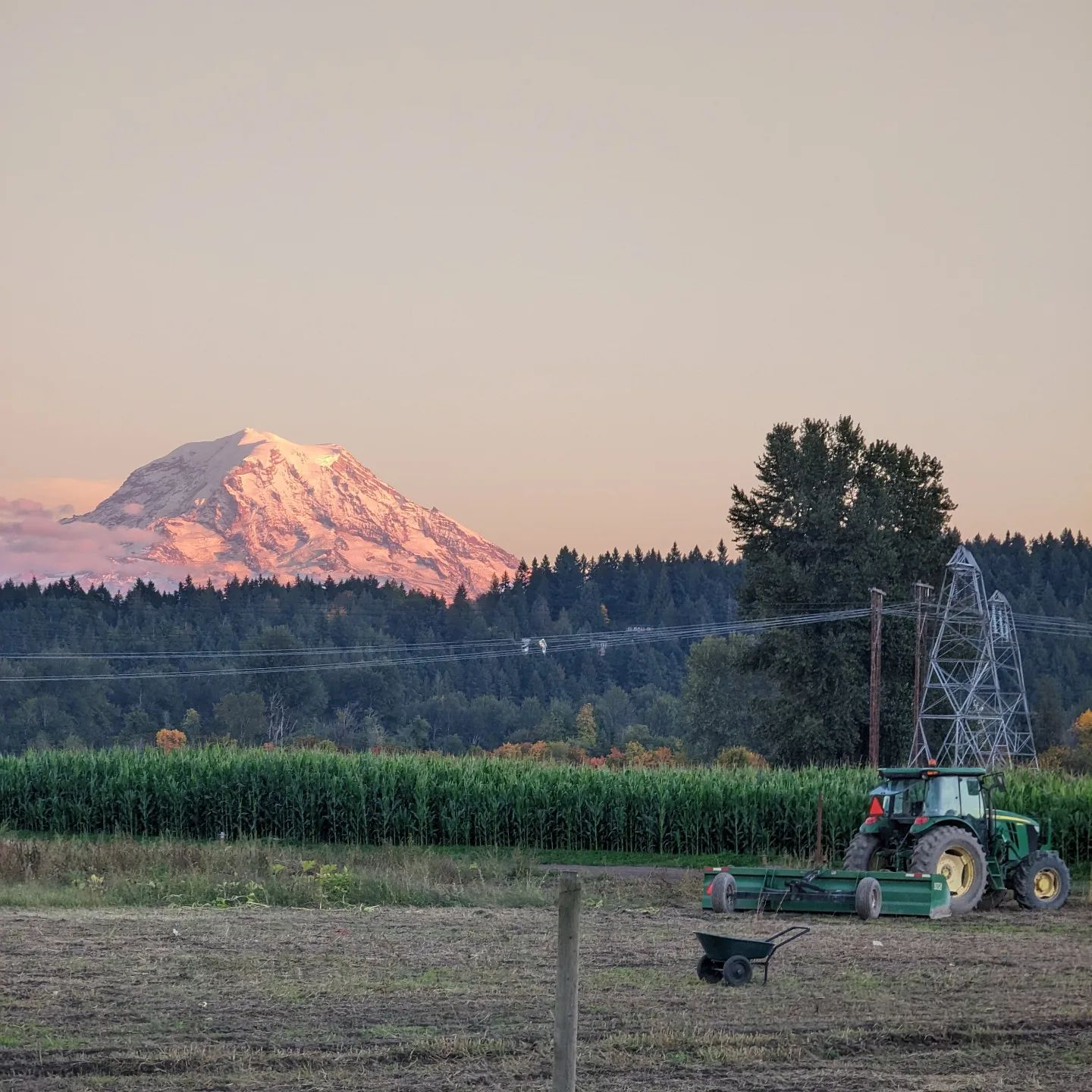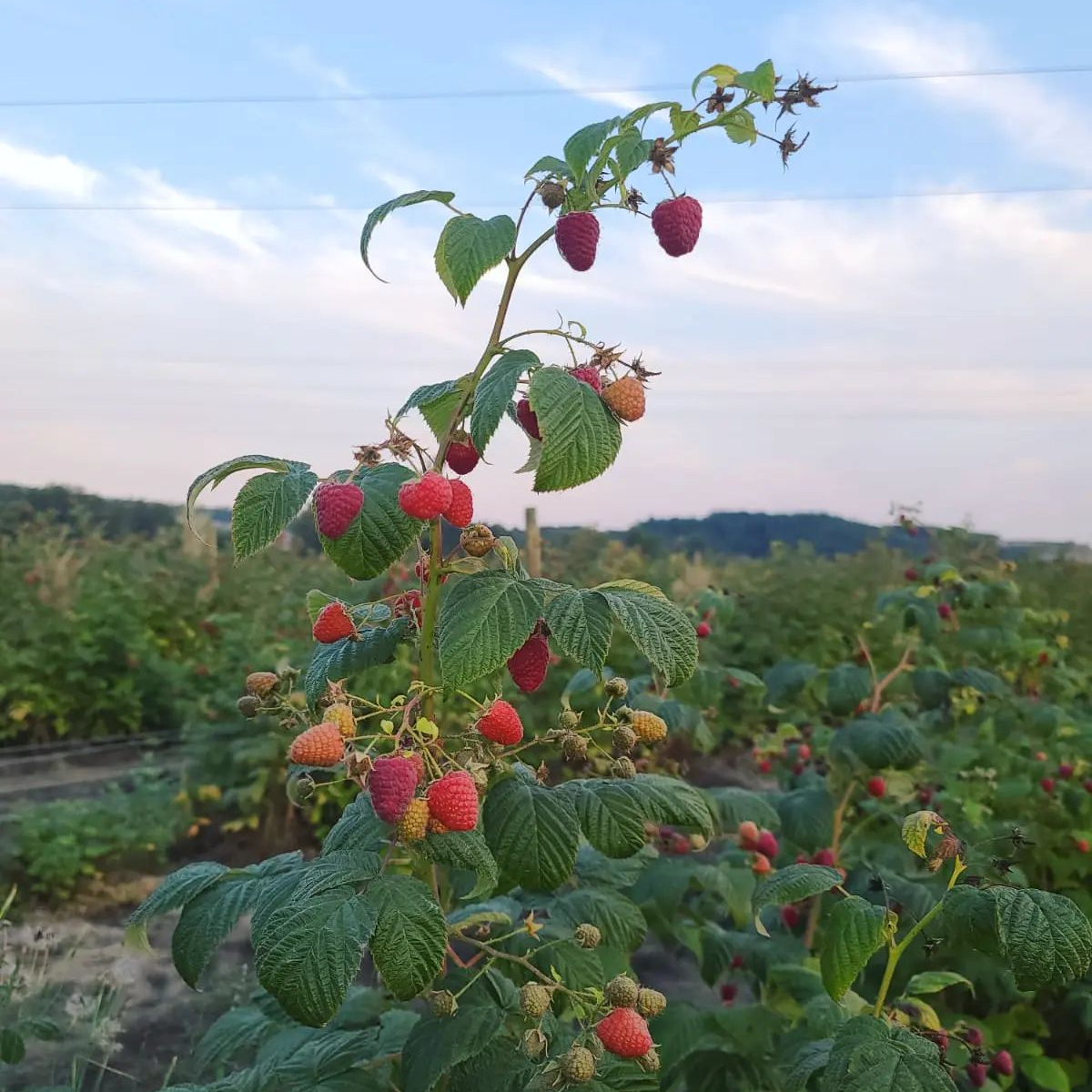Producer


Sidhu Farms
Contact: Kamal Sidhu
City: Puyallup, WA, 98372
Website: sidhuberries.wordpress.com
About Us
Sidhu Farms is an Organic Blueberry farm in the heart of the Puyallup Valley. Chet Sidhu came to America in the early 1980s, realizing a dream he had since childhood. He was born in Punjab, India with generations of farming in his family tree, and his family owned 60 acres and cultivated cotton in their native country. He runs the farm with sons Kamal, Sunny, and Sarge, all share many titles to bring you the finest berries and produce. You may recognize us from the many farmers markets we sell at through the greater Seattle area.
We mainly grow Blueberries, but we also have Strawberries, Raspberries, Blackberries, Marion, and Boysenberries. We are mainly a berry business, but we also grow a wide assortment of vegetables such as tomatoes, cauliflower and Brussels sprouts just to name a few. In recent years, we have greatly expanded our rhubarb plots and can accommodate large volume orders from Sumner (our other neighboring town), affectionately know as the "Rhubarb Capitol of the World".
We mainly grow Blueberries, but we also have Strawberries, Raspberries, Blackberries, Marion, and Boysenberries. We are mainly a berry business, but we also grow a wide assortment of vegetables such as tomatoes, cauliflower and Brussels sprouts just to name a few. In recent years, we have greatly expanded our rhubarb plots and can accommodate large volume orders from Sumner (our other neighboring town), affectionately know as the "Rhubarb Capitol of the World".
Practices
Sidhu Farms is an Organic Blueberry farm in the heart of the Puyallup Valley. We mainly grow Blueberries, but we also have Strawberries, Raspberries, Blackberries, Marion and Boysenberries. We are mainly a berry business, but we also grow a wide assortment of vegetables such as tomatoes, cauliflower and Brussels sprouts just to name a few.
